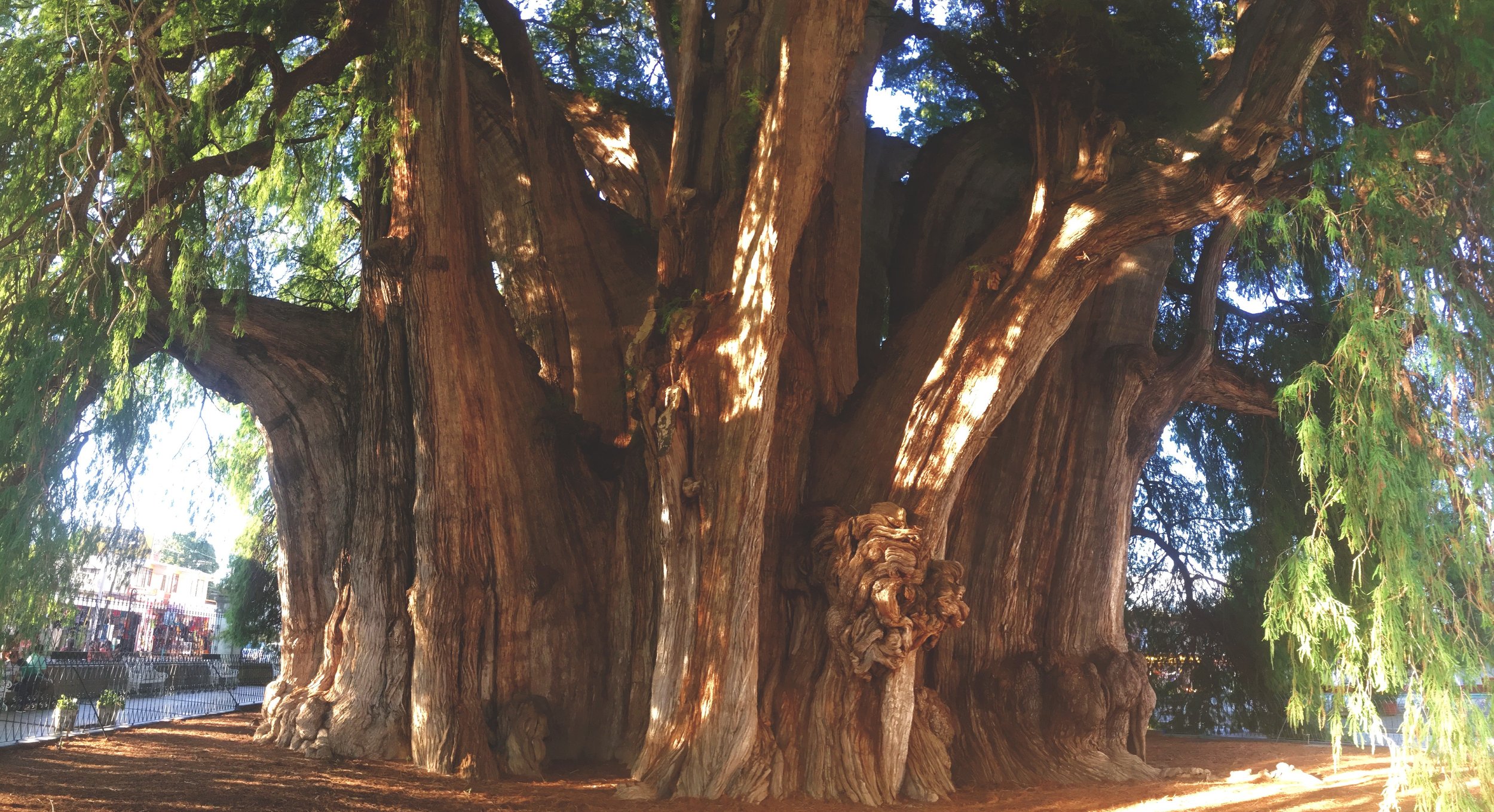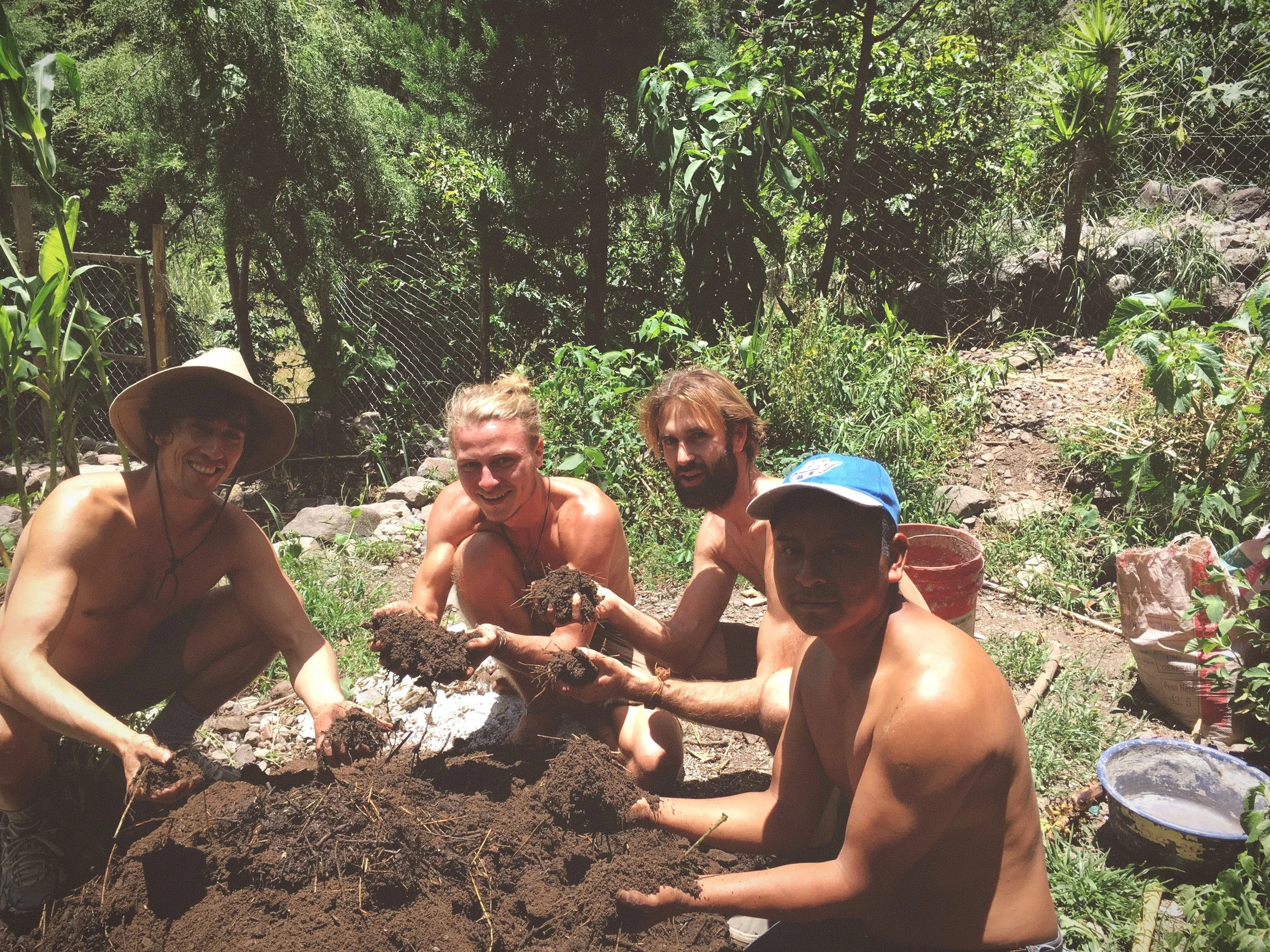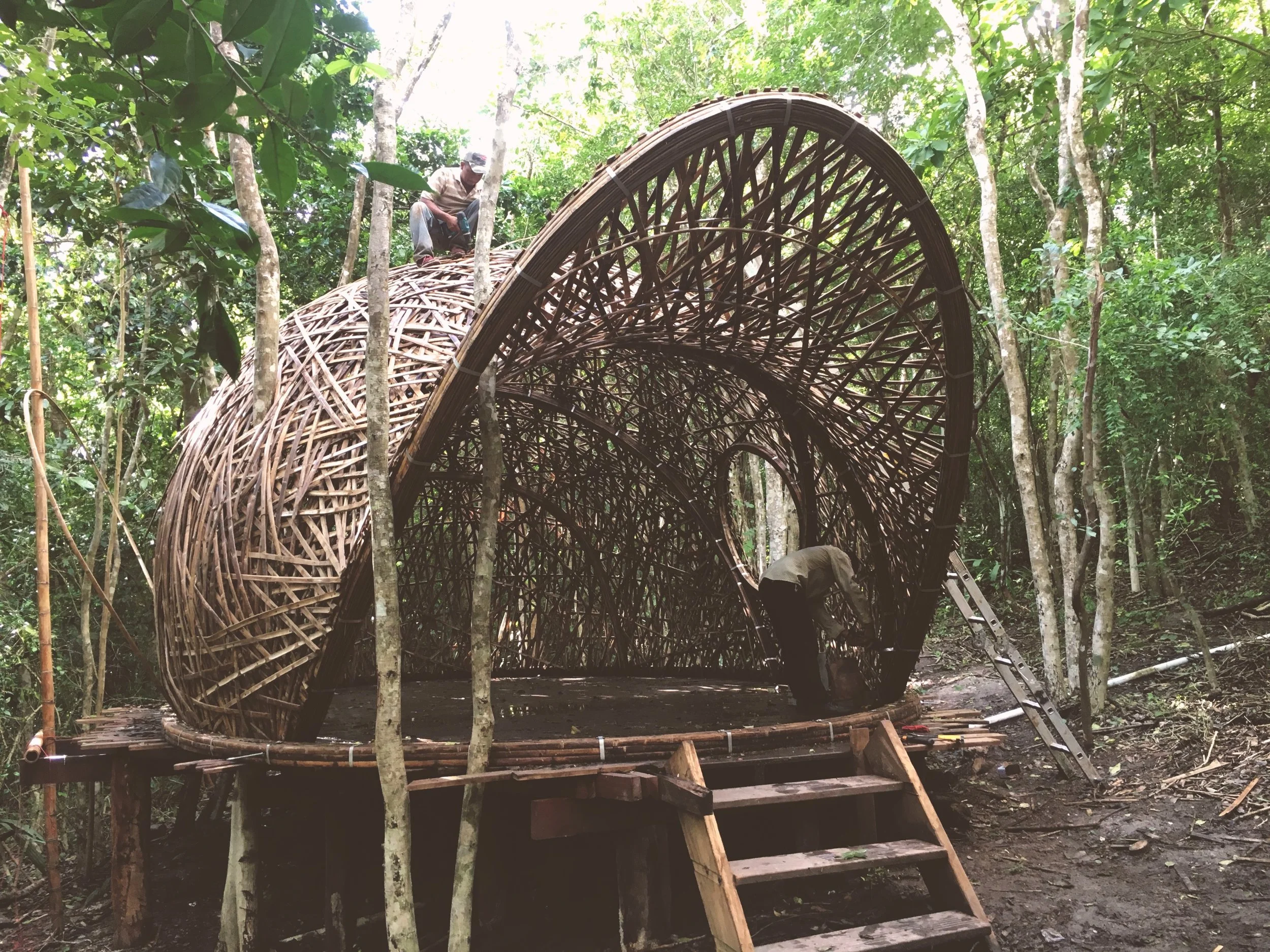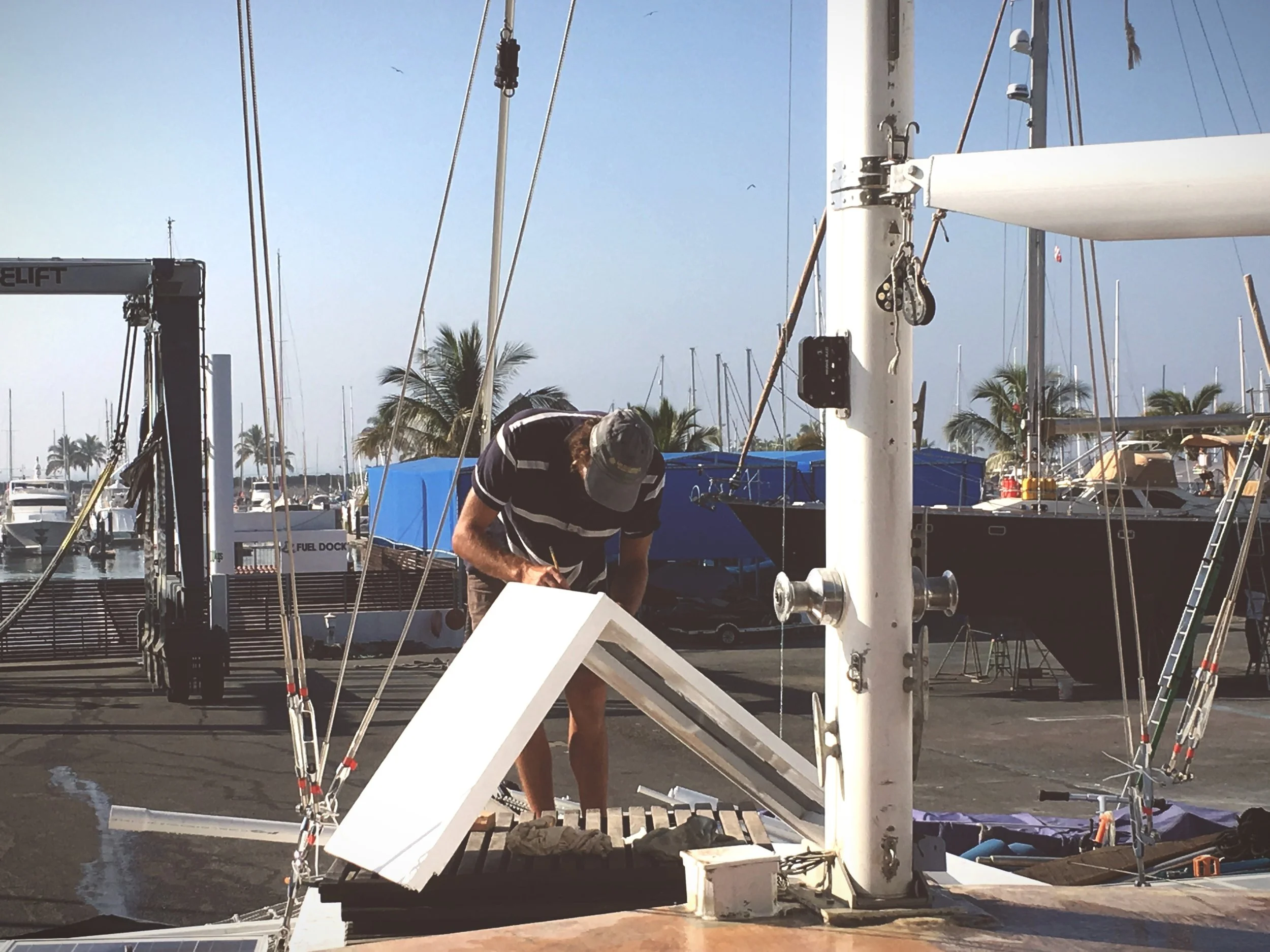
Steph’s Story
When we were children, we would come up to the Yorkshire Dales every year and stay in my Grandad’s old cottage just over the hill from Hawes. I have very fond memories of swimming in rock pools in the icy water with my siblings and drinking from fresh water springs, or being chased by cows across the field, which seemed as large as buses back then. So it is a huge privilege to now be based here, in the beautiful Dales, hand crafting shepherd’s huts, and on a sheep farm nonetheless.
I have been fortunate to travel with work over the last eight years, experiencing beautiful places and working with talented craftsmen on various interesting projects. I have now returned to this beautiful part of the country having gathered a wealth of experience and am now putting these skills into practice - building lovely handcrafted shepherd’s huts.
If you’re interested in learning more about projects I have been involved with over the last years, I have briefly described some of them below.
Eco-Dome
This dome was created in Southeast Mexico with around three thousand thin and pliable sections of bamboo. Each section was cut from a larger shoot, and were then woven together in amongst the trees to form a strong rigid frame.
-
The strength of the dome initially came from four support braces. These were made of around 20 individual lengths of prepared bamboo, strapped together with metal ties. The arch design, often used for bridges, is also incredibly strong
Bamboo is one of the fastest growing plants in the world due to its rhizome growth system and grows up to three times faster than other plants.
It is also incredibly strong, being used for scaffolding and substantial building projects in China.
It’s often still seen as a material of Southeast Asia as it grows best in certain climates, but there’s a chance it’s popularity could grow here, and not just for interior decorative use, but for construction.
Woodblock cabin in the Austrian Alps.
This cabin was made from wooden blocks, each comprising of smaller lengths of wood joined and glued together. The ends of the blocks were cut to resemble a huge dovetail joint which could then interlock.
A crane had to be used for most of the blocks with the longest roof supporting lengths being around fourteen metres.
The structure was built on pre-poured concrete foundations and this particular build had a double skin for insulation. Traditionally they were single-skinned walls.
Another cabin I worked on was a trimaran in Northwest Mexico for a Canadian captain and his family before their expedition to French Polynesia.
The inside was stripped out and a new water purification system installed, new furniture too and the table refurbished with an epoxy top in the kitchenette.
Shortly after this project, I visited the widest tree in the world in Oaxaca.
-
The trimaran took around six weeks to complete. The hull was made completely from chipboard, which would be the last material most people would use, but it shows how tough and durable fibreglass is, as the whole boat was covered in the stuff.
Some sections had to be repaired on the outside, and some of the lines replaced for the sails, which meant I had to climb high to the top of the mast at one point.
It was looking great when we’d finished, and sailed well. These trimarans are said to be the fastest sailing boats in the water, as the three hulls allow them to skip across the ocean at ease. Unfortunately the crew hit some shallow coral on their way West. They were all unharmed but their adventures had to be abandoned.

Árbol Del Tule - Oaxaca, Mexico
-
Árbol Del Tule is a Montezuma Cypress, native to Mexico and is the widest tree in the world. It is estimated to be around 1500 years old and is quite a magnificent sight!
My goals in Central America included carrying out community work and to learn more about agricultural sustainability
-

Permaculture
In a village next to Lago Atitlan, a volcanic lake in South West Guatemala, a well respected leader and facilitator of permaculture, Shad Qudsi, guided us through the ins and outs of permaculture ideology. We learned about plant combinations, how to build a composting toilet and the beauty of compost. Some incredible hikes up volcanoes were also on the agenda.
-

Recycling
Waste management is an issue in many parts of Mexico and rubbish is either burned or ends up in the sea. As part of this coastal community session with students from a school, we made music with items of rubbish and made a wallet from a juice carton.
-

Agroforestry
There are various types of agroforestry. We looked at combining trees with crops in order to diversify and sustain environmental, human and natural resources under the guidance of Jorge Espinosa, a talented young agroforester. Agroforestry can in some cases be more productive, profitable and sustainable than forestry and agricultural monoculture.

Hiking in Guatemala
Santa Maria Volcano
If you would like to know more, or speak to me about the possibility of working together, please get in touch.
I look forward to hearing from you
Stephan





